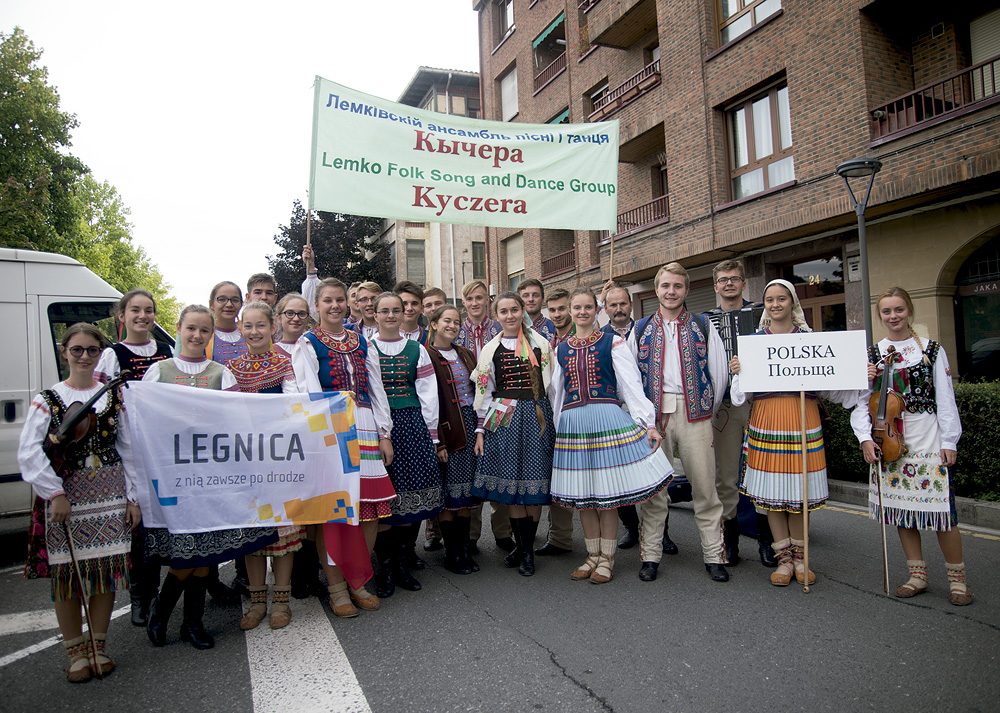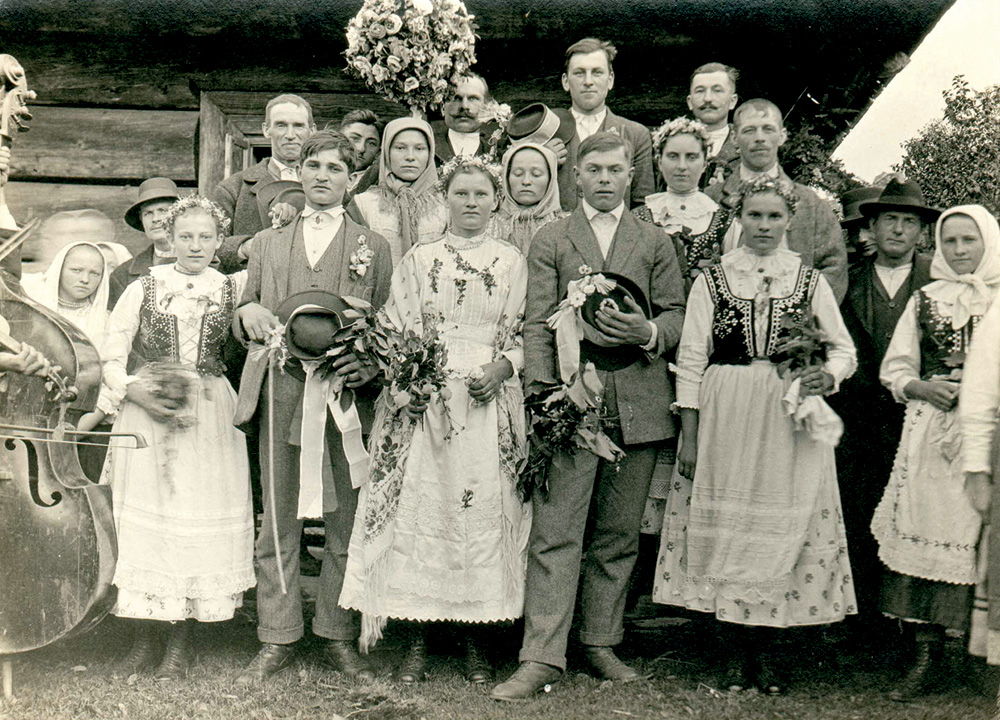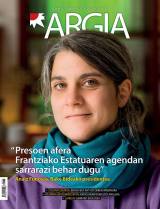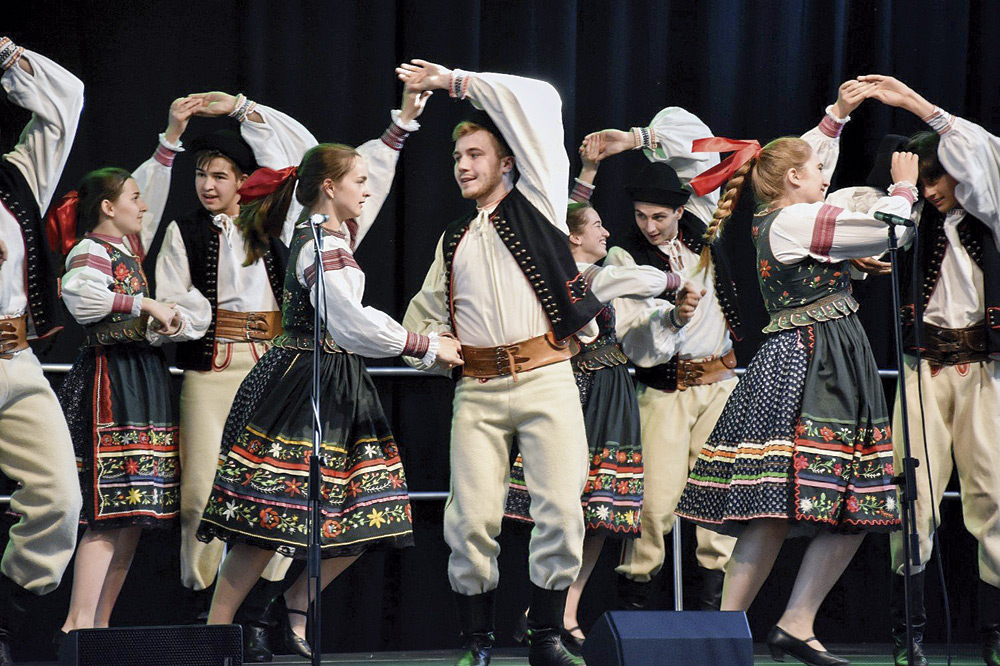Kurds from Central Europe
- At present, Poland is generally seen as an ethnically homogenous people. It is true, to a large extent. However, there are still several important minorities within its limits: One of them is the Lemko community. In 1989, the end of communism led to the recovery of the ethnic pride of many minorities, as well as the revival of their culture in the new environment of openness.

The historic homeland of the Lemnians, Lemkovyna, is on both sides of the current Polish-Slovak border in the Carpathians, with part also in Ukraine. The territory has had a conflicting history since the 18th century in Poland, Austria-Hungary, Ukraine, II. During the World War he has been under the rule of Germany and the Russian Empire.
Lemnies are part of a complex Russian (Ruthenian) group of Eastern Slavs, according to culture, language and religion. Those from Poland are named Lemko, while those from Slovakia are called Rusnak (Rusinians). The culture of lemnies also resembles the cultures of the Russians of Boy and Hutul in neighboring Ukraine. They all have similarities with other Slavic mountain peoples, such as the Gorals of Poland and Slovakia. As for religion, most slogans do not belong to the Roman Catholic Church, but to the Eastern Orthodox Church or Byzantine Catholic Church.
There are different views about the origin of your language. Some researchers argue that this is a Ukrainian dialect, and there are also those who think that it is a local variant of the Russian linguistic group or that it forms a complete linguistic system independent of others.
The Lemkera mainly has the phonological characteristics of the Ukrainian and the eastern Slavic, as well as their phonetic, morphological and lexical characteristics. It uses a slightly different version of the Cyrillic alphabet used by Russian and Ukrainian. On the other hand, lemkera has received loans and influence from Polish, Slovak, Hungarian and Romanian in contact and has also influenced neighbouring Polish dialects, especially in terms of pastoralism and milk processing.
30% to 1% of the population of Poland
Until 1947, most lemnies were probably monolingual, they only talked about lemmas. Contacts with the Poles were limited to markets and military service. In 1947, the Polish authorities also deported Akcja Wisla (Vistula) with 35,000 slogans of violence to the west and north of Poland, at Operation II Aquixa Wisla. To the Territories recovered at the end of the World War, often isolating a family in each people. The aim was to assimilate the “Ukrainians” who did not speak Polish (such as those appointed by the authorities). Thus, Poland took the line of homogenizing the minorities that existed in the territory: II. If before the World War there were already 30% of the population of Poland, today they are only 1%. Already before the war, the Soviets were deported to 90,000 other remote regions of Ukraine, and in the 19th century many friends migrated to Canada and the United States, among other reasons for religious problems. Akcja Wisle dispatched Lemkovyna. Nine years later, the Polish authorities began to authorise the first rounds.
In the war, if the schools were taught in Lemkín, from 1947 onwards they were taught only in Polish. In recent years, however, they have recovered again and the children of Lemco and Polish Origin can learn the rudder about four hours a week in the schools of the villages in which they live. Currently, most rudder speakers in Poland know the local family variant and the standard Polish; in Poland about 60,000 lemmas (of which 10,000 in Lemkovynan), and the speakers are believed to be a few thousand. There are 100,000 people in Slovakia and the number of speakers is one third.

A descriptive grammar of the language is 1902. In 1933, aware of the risks of Lemkovyna’s denial, Mety Trochanovsky wrote the First Alphabet and the First Reading Book written in lexicon for school use. In 1938, the Polish government banned operations. Since then, the description and vocabulary of contemporary grammar Lemera has been written. However, the flow of literature is scarce, although in the past the literature was rich and highlighted by its poetic expression. In 2013, Principe Txiki returned to the helm.
In 1871, the lemnians signed a declaration to distinguish the rudder from the rest of the Russian variants. Despite several attempts to reconvene in Russian, no agreement has been reached. In 1992, a representative group of regular writers, journalists and academics from Poland, Slovakia, Ukraine, Hungary and Yugoslavia (except Romania) met at the First Russian Language Congress. There, like the Swiss people of Romxe, they decided to look for regional standards for all their variants in order to create a unified standard that would serve all regions. Only the variants of Slovakia and Poland were standardized. In 2007, the Third Congress was held and a statement was made to accelerate efforts to create these regional standard varieties. They have not yet been achieved.
In the interrogations that have been carried out in the population of Lemoa, the questions that the Basques have asked us often are: Is it possible that someone who does not know the motto is identified as a motto?
Awareness of being timonel
The deportations of Akcja Wisle, despite the temporary disintegration of the rudder, were able to reorganize quickly. Although it is not known, the deportations suffered in the Polish population were partially assimilated, to the extent that it is unknown, they greatly influenced the national awareness of the motto. On the other hand, the Poles’ rejection of lemmas and the negative stereotypes of the Ukrainians spread by the Polish authorities gave them strength to identify themselves as lemcos, rather than Poles: today many of the Lemacs accept the Lemkó or Ukrainian identity.
Currently, Maleruski, Poland is suffering a sharp decline in the number of speakers and in the diglosic situation the Polish has a great influence on the generation of young people and children. Since the beginning of the twenty-first century, in addition, there has been an interruption in the transmission of the rudder in the family. The use of the language in general is limited to family and neighborhood relationships, although they can be grouped in the Vatra (laguardia-fuego of the mountaineers) festivities held each year in Lemkovynan and in Lower Silesia.
Although the hardness of the existence of the Lemnos has ensured their survival, we do not know their evolution in the future.











